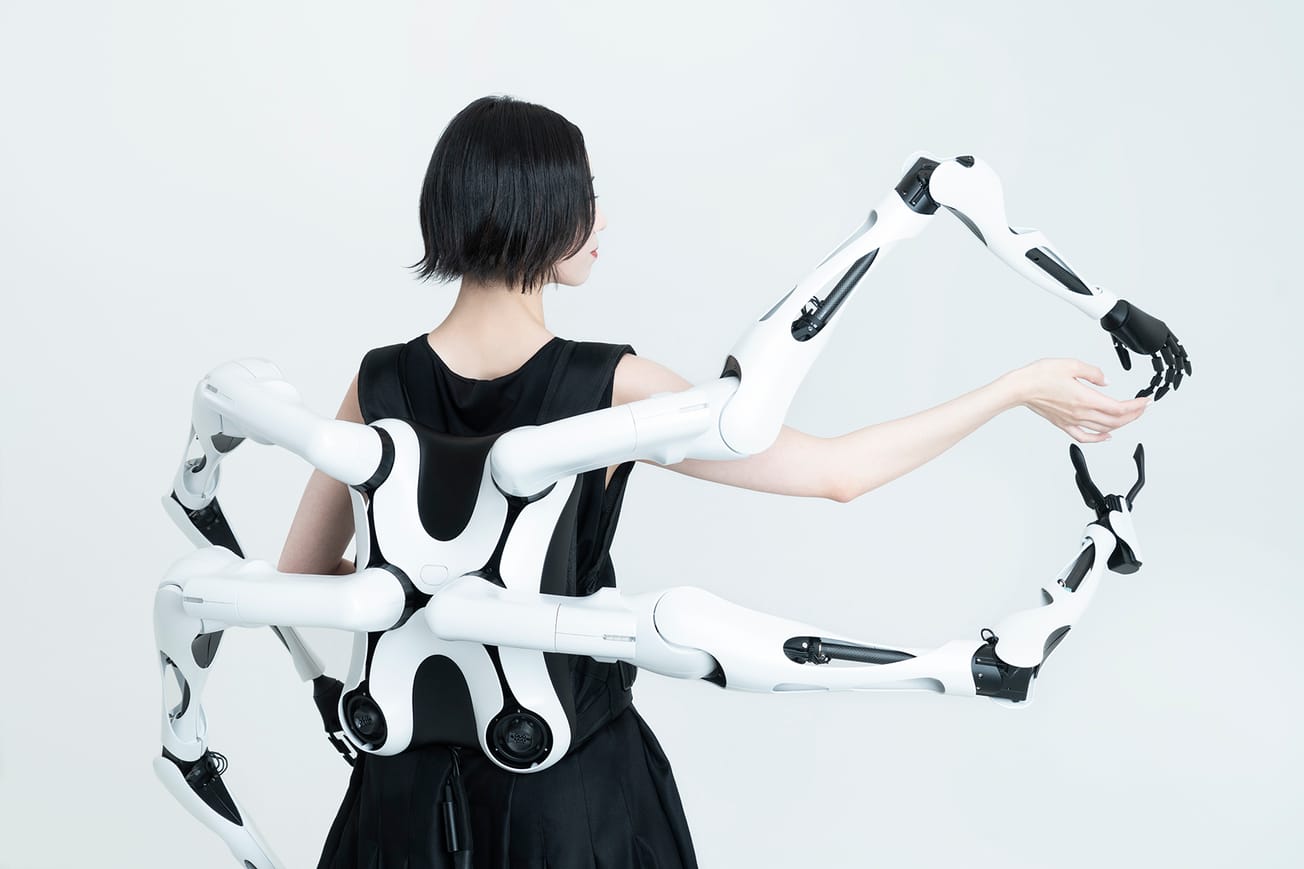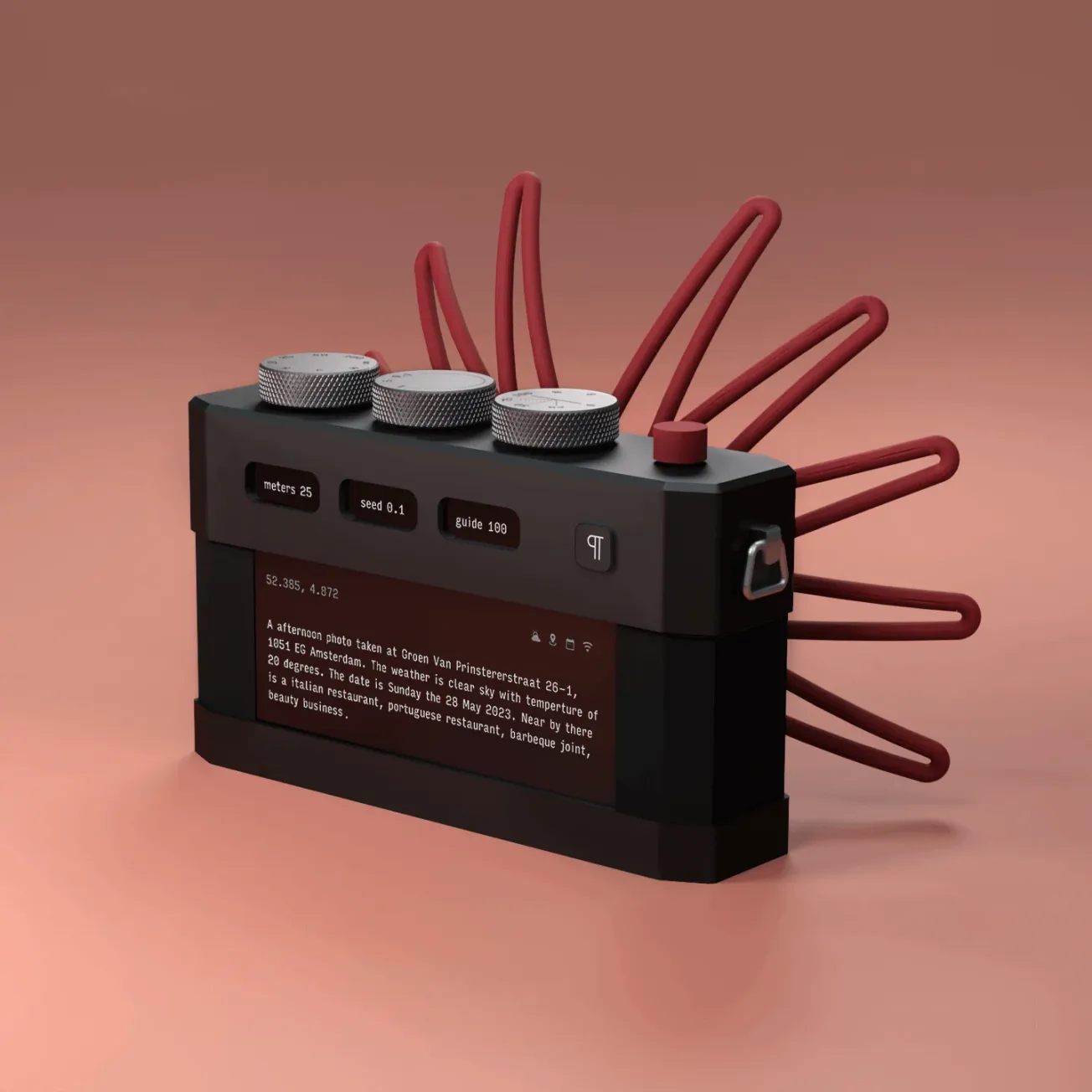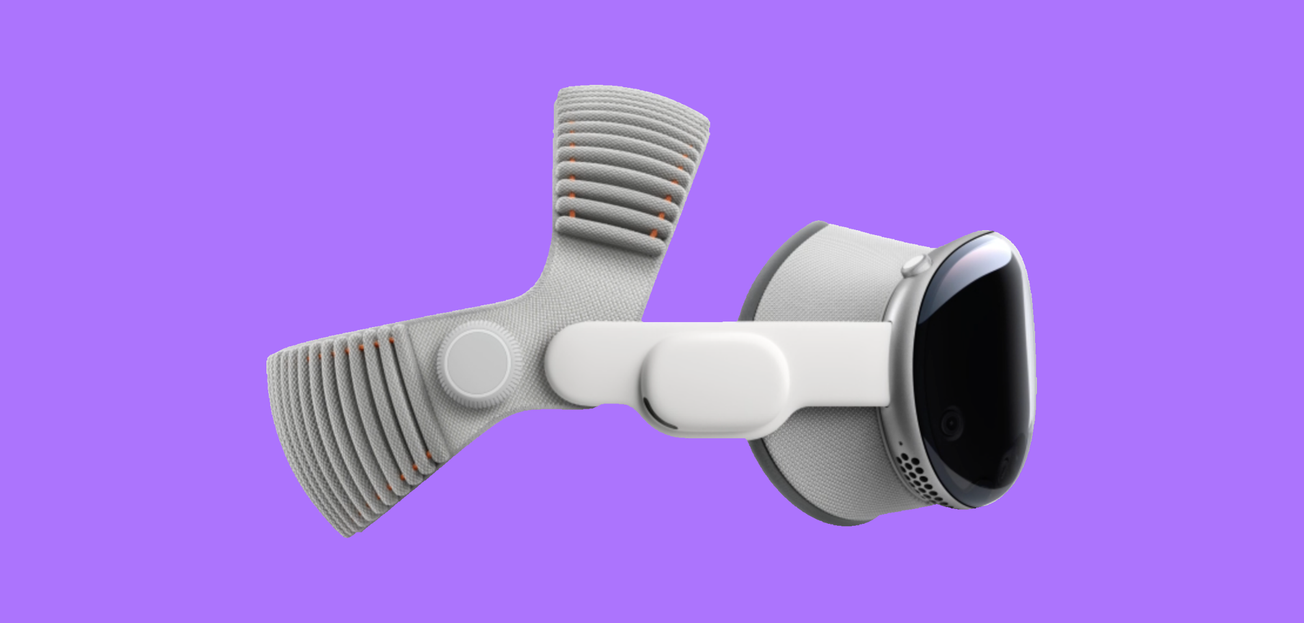Meta has introduced a wristband prototype that uses muscle activity to interpret hand gestures, positioning it as a potential successor to keyboards, mice and touchscreens.
Detailed in the journal Nature, the device employs surface electromyography (sEMG) to detect the faint electrical signals generated when a person intends to move their hand. These signals allow the wristband to recognise a range of inputs, from tapping the thumb against a fingertip to writing letters in the air.

Meta says the wristband could benefit people with mobility challenges. Because the technology reads nerve signals even when physical movement is limited, it may assist users recovering from spinal cord injuries or those with tremors that make handheld devices difficult to use.
Development at Reality Labs
The prototype was developed at Meta’s Reality Labs, the division behind the Orion augmented reality glasses and Ray-Ban Meta wearables. The team first previewed the technology alongside Orion in 2024 and has since refined the system to work immediately “out of the box” for basic gestures, despite variations in user physiology.
The demonstration video shows the device interpreting gestures such as pinches, swipes and taps. It can also recognise handwritten letters, with optional calibration to improve accuracy.
Towards New Forms of Interaction
Meta envisions the wristband working in tandem with AR glasses, enabling more natural input within immersive environments. Unlike camera-based gesture recognition, the wristband does not depend on a clear line of sight. And unlike neural implants, it avoids the risks of invasive procedures. “It’s convenient, simple and natural to use,” the company noted, pointing out that the system works in situations where voice input may be impractical, such as sending a private message in public.

Current Context and Outlook
The hardware remains in a research phase, with no consumer release yet. Meta has reportedly integrated it with the Orion AR headset demonstrated in 2024, codenamed internally “Ceres,” and may pair it with a forthcoming HUD device (codenamed “Celeste” or “Hypernova”). Early reports suggest the full system (wristband + AR headset) could retail between $1,000 and $1,400.
This fits within broader trends toward gesture based, non-invasive input—positioning Bio signal wearables as possible successors to touch, voice, or camera-based interfaces.

Open Research and Next Steps
As part of the project, Meta has announced plans to share over 100 hours of sEMG recordings with the research community to accelerate work in this field. The Nature paper also outlines recommended design principles covering hardware, data requirements and machine learning models.
With the sEMG wristband and Orion glasses, Meta joins other companies in exploring alternatives to smartphones, aiming to develop devices that integrate advanced AI capabilities without relying on traditional screens.








